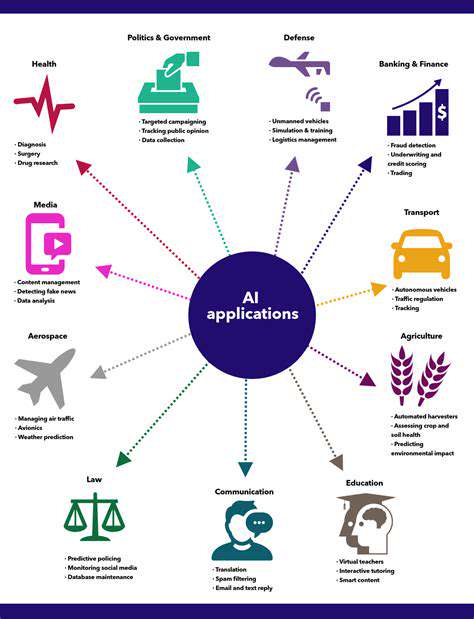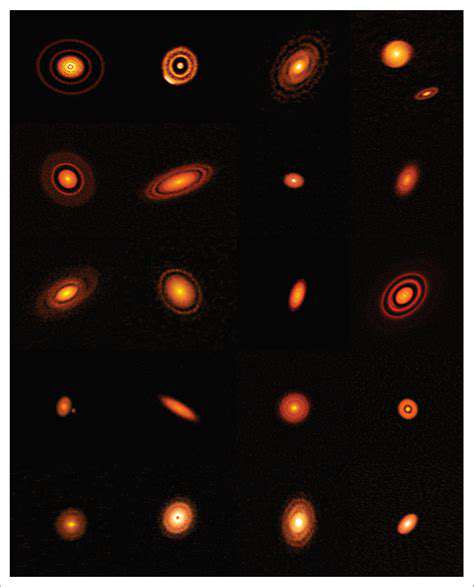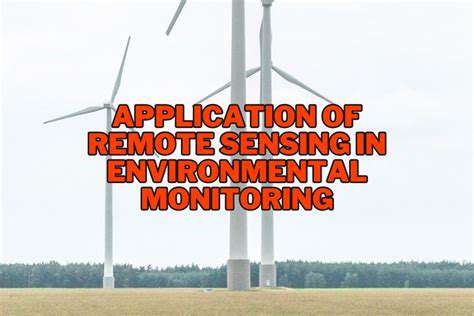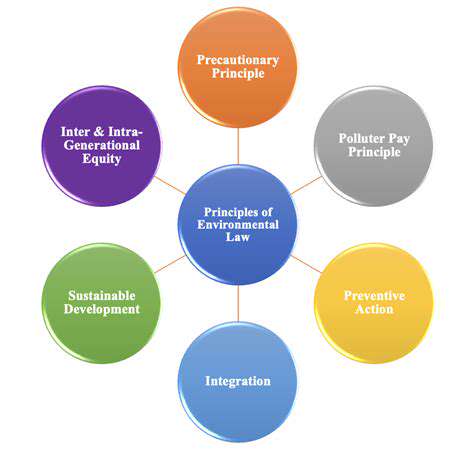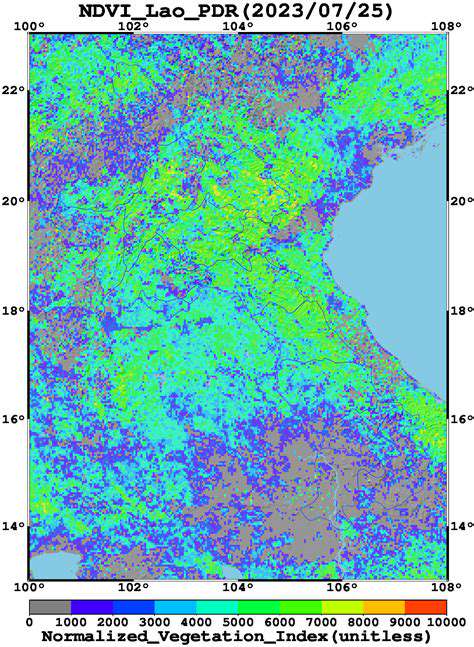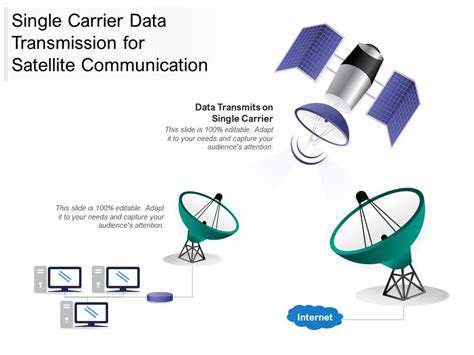Modern satellite systems have fundamentally transformed how we observe Earth's climate. These orbiting observatories capture everything from atmospheric chemistry to glacial retreat patterns, offering an uninterrupted planetary-scale perspective impossible to achieve through surface measurements alone. This comprehensive vantage point enables researchers to spot emerging climate patterns and subtle environmental shifts that ground stations might overlook.
What makes satellite data particularly valuable is its longitudinal nature. By maintaining continuous records spanning multiple decades, scientists can establish reliable climate baselines and detect gradual changes that short-term studies would never reveal.
Global Coverage and Data Accessibility
The planetary coverage capability of satellites represents their most transformative feature. While terrestrial weather stations provide essential data, their distribution remains geographically constrained. Orbiting platforms, by contrast, can monitor every square kilometer of Earth's surface - from remote polar regions to dense tropical forests - overcoming all terrain limitations.
The democratization of satellite data has accelerated climate research dramatically. Numerous government agencies and scientific organizations now maintain open-access repositories, allowing researchers worldwide to analyze and interpret crucial climate indicators without barriers.
Improving Accuracy and Precision
Technological advancements in sensor design continue pushing the boundaries of measurement precision. Contemporary satellite instruments can detect atmospheric changes at unprecedented resolutions, capturing subtle variations in cloud formations, ocean currents, and ice sheet dynamics that earlier systems would miss.
Data processing innovations have become equally important. Advanced machine learning algorithms now extract meaningful patterns from petabytes of raw satellite data, transforming this information into actionable climate insights with remarkable accuracy.
Monitoring Key Climate Variables
Orbiting observatories track dozens of critical environmental metrics simultaneously. These include atmospheric temperature profiles, precipitation patterns, greenhouse gas concentrations, sea level fluctuations, and cryospheric changes. By maintaining continuous records of these variables, researchers can establish clear correlations between human activities and environmental responses.
This comprehensive monitoring approach reveals how different climate systems interact, helping scientists develop more holistic models of planetary-scale environmental changes.
Applications in Climate Modeling and Forecasting
Climate prediction models rely heavily on satellite-derived data inputs. The spatial and temporal consistency of orbital measurements allows modelers to validate their simulations against real-world observations, significantly improving forecast reliability. These enhanced models help governments and organizations prepare for climate impacts with greater confidence.
Perhaps most importantly, satellite-enhanced models demonstrate how mitigation strategies might influence future climate scenarios, providing policymakers with scientifically grounded projections to guide environmental decisions.
Challenges and Future Directions
Despite remarkable progress, satellite climate monitoring still faces technical hurdles. Ensuring data continuity across generations of satellites requires meticulous calibration, while the exponential growth in data volumes strains existing processing infrastructure. Additionally, maintaining long-term funding for these complex orbital systems remains an ongoing challenge.
The next generation of climate satellites promises even greater capabilities. Future systems will feature hyperspectral sensors, improved atmospheric correction algorithms, and enhanced data fusion techniques - all aimed at delivering clearer insights into our changing planet.
Monitoring Global Temperature Trends with Satellite Data
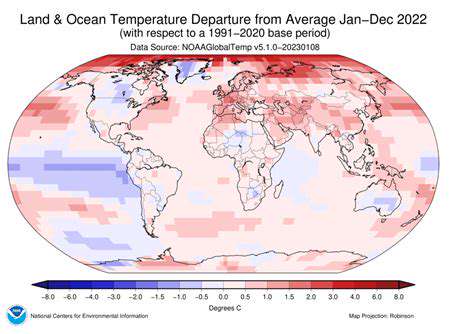
Understanding Global Temperature Trends
Orbital temperature monitoring has become indispensable for climate research. Decades of satellite records reveal unambiguous warming patterns with profound global consequences, affecting everything from seasonal weather to marine ecosystems. By combining satellite measurements with surface and oceanic data, scientists achieve comprehensive thermal profiling of our planet.
Regional temperature variations tell an important story. While warming occurs globally, its intensity varies significantly by latitude, altitude, and proximity to large water bodies - patterns that only satellite observations can reveal at continental scales.
Factors Contributing to Temperature Increases
Multiple interconnected drivers fuel global warming. The dominant factor remains anthropogenic greenhouse gas emissions from fossil fuel combustion, which amplify Earth's natural greenhouse effect. Secondary contributors include land use changes, industrial aerosols, and agricultural methane releases.
Natural climate cycles like El Niño temporarily modify these trends, but satellite data clearly shows human influence overwhelming natural variability in the long-term record.
Impacts of Rising Temperatures
The consequences of planetary warming manifest across all Earth systems. More frequent extreme heat events threaten human health, while shifting precipitation patterns create both drought-stricken and flood-prone regions simultaneously. Polar amplification accelerates ice melt, raising sea levels and altering ocean currents.
Ecological disruptions are equally concerning. Temperature-sensitive species face habitat loss, while changing growing seasons disrupt agricultural productivity. These interconnected impacts demonstrate why comprehensive temperature monitoring remains critical.
Methods for Monitoring Temperature
Contemporary temperature monitoring employs a multi-platform approach. Satellites provide consistent global coverage, while surface stations deliver high-resolution local data. Ocean buoys complete the picture by measuring sea surface temperatures and heat content changes.
Advanced infrared and microwave sensors aboard satellites measure atmospheric temperature profiles at multiple altitudes, while surface-sensitive instruments track land and sea temperatures with increasing precision.
Data Analysis and Interpretation
Making sense of vast temperature datasets requires sophisticated analytical techniques. Researchers employ spatial interpolation, time-series analysis, and machine learning to identify meaningful patterns within complex climate signals.
Proper interpretation accounts for measurement uncertainties, urban heat island effects, and natural variability. These careful analyses transform raw data into actionable knowledge for climate adaptation planning.
Future Projections and Mitigation Strategies
Climate models incorporating satellite data project multiple warming scenarios. The most optimistic projections require immediate, dramatic emissions reductions to avoid catastrophic outcomes. Transitioning to renewable energy, enhancing carbon sequestration, and improving energy efficiency emerge as essential strategies.
International cooperation remains paramount, as climate change recognizes no borders. Satellite monitoring will continue playing a vital role in tracking our progress - or lack thereof - in addressing this global challenge.


